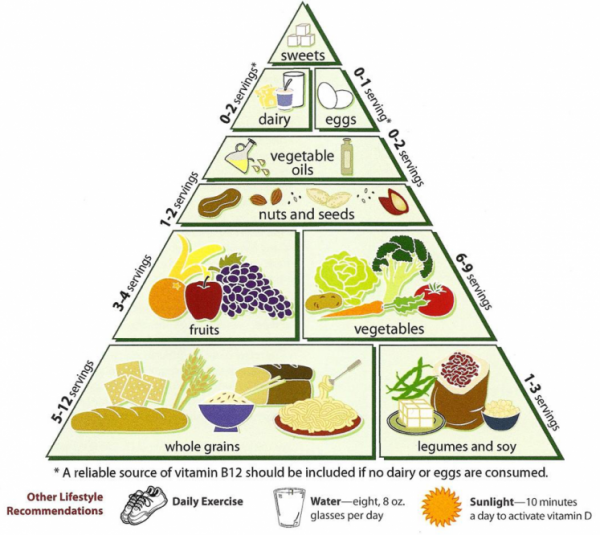Are you up to date with the latest Food Pyramid changes?
Nutrition is an integral part of personal well being. Currently, Australia has one of the highest obesity rates in the world with almost two out of 3 adults and 1 in four children defined as overweight or obese. Obesity is the outcome of eating unhealthy portions of processed foods such as takeaway, soft drinks and hot chips. Needless to say, these foods are being readily consumed by our population and are increasing the ever growing number of people developing chronic diseases.
Additionally, there are approximately 1.8 million Australians living with diabetes in Australia (source), making it the fastest growing chronic condition in our country. It is known that people who have type 2 diabetes are likely to have developed it from being overweight.
A diet rich in vegetables, lean meat, fish and chicken, avoiding saturated fats and processed foods and reducing sugar and salt intake is a foundation for a healthy lifestyle.
Part of staying well and reducing chronic disease involves eating a varied balanced diet rich in whole foods. In 2015 Nutrition Australia modified the food pyramid to reflect the increasing obesity rates in the Australian population.
The Food Pyramid table shows that eating these foods, along with daily exercise, eight oz. glasses of water and 10 minutes of sunlight a day, will keep your body functioning at its best and have you feeling super fit and healthy.
Unhealthy diets and obesity are leading contributors to poor health in Australia. The redesigned Healthy Eating Pyramid has been intended for use as a simple visual guide to aide people in choosing the types and appropriate amount of food that we should eat every day for good health.

The foundation layer of the food pyramid
The pyramid’s foundation layer focuses on plant-based foods such as vegetables and legumes, fruits and grains. Plant foods are rich in vitamins, minerals and antioxidants. They are also high in fibre and low in fat helping you to feel fuller for longer. Grains also make up the foundation layer of the triangle and reflect their role in lowering risk of chronic diseases like diabetes and heart disease.
The middle layer of the food pyramid
The middle layer recommends dairy foods such as milk, yogurt and cheese plus lean meats, poultry, fish, eggs and nuts. These foods are important in moderate amounts in our diet so we can obtain protein for muscle growth plus healthy fats, vitamins and minerals for cellular repair and strengthening our immune system. The top layer of the pyramid encourages the use of healthy plant-based fats to support heart health and brain function.
What foods should I avoid?
Foods with bad fats are those high in saturated and trans fats. Types of food high in unhealthy fat include cakes, pastries, margarine and takeaway food likes hamburgers and chips. Eating food high in saturated fat increases your blood cholesterol and places you at higher risk of heart disease.